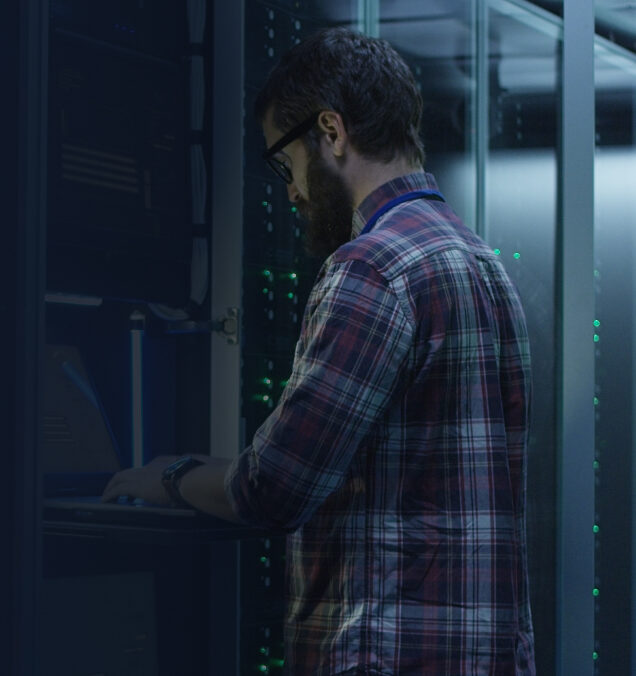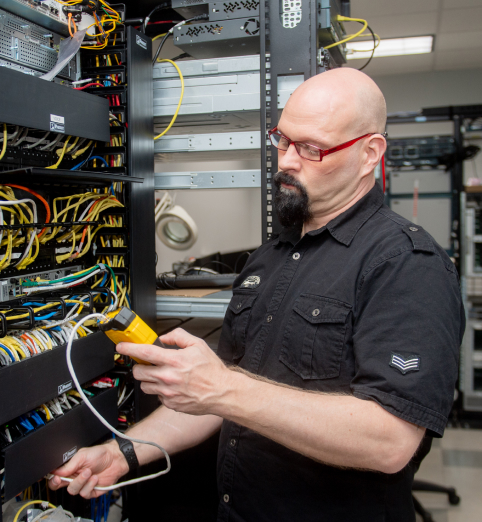OK, all blog title jokes aside, the topic of virtualization continues to be a hot topic amongst the majority of our clients and potential clients. And, as a company that focuses heavily on data centers, telecom companies, utilities, and large enterprise, I figured the topic to be apt, lending some insight into what the future will hold for the aforementioned business types.
To begin, it’s no shock at this point in 2018 that virtualization has, in many ways, fundamentally changed the way we all architect modern data centers. With the ever-expanding and ever-evolving nature of cloud computing and its inherent connection to virtualization, the data center will continue to evolve in step, enabling better, faster, and far cooler business applications than perhaps any of us realize today.
So the question becomes, what will virtualization and hardware evolve to in the coming years? For many, the hardware versus virtualization topic can lead to more of one and less of the other, but that’s not necessarily the case. With the need for continued cloud-based apps, continuous data expansion, the influence and impact of IoT, and all the other endless advancements that seem to be inundating our business and personal lives daily, the connection between virtualization and hardware is growing in lock-step—in new and innovative ways.
Starting with the more traditional aspects of virtualization, such things as user, network, security, and storage virtualization are all now integral parts and practices of the data center environment. And with these new practices, the necessity arises for more robust appliances to be placed through the data center in order to manage the flow of data and to address the need for security vigilance.
Obviously, when bringing up the topic of virtualization it leads to the inevitable topic of distributed data center management. And without boring everyone with speeds, feeds, specs and in-depth discussion regarding DCIM (I’m still convinced DCIM is actually the name of a goth band from the early 1990s), the result is the ability to globally connect computing capabilities and to create a global computing and data center ecosystem, one that can provide everything from better BI, and all around better controls of the environment itself.
However, as we all know far too well, for every action there is an equal and opposite reaction. For everything that distributed data center management entails, comes yet another challenge of high-density computing. And for those non-technical folks, I’m not talking about computers that weigh more. In this particular case, this is the part that impacts the hardware side of the equation. It simply means that everything from servers to switches, and even racks, are now being designed with the desire to greatly reduce the physical hardware footprint—all however tasked with doing far more than their predecessors.
So, when combining these two aspects together, we now bring up yet another topic—that being data center efficiency. In essence, the world around us is demanding more and more computing power every day. Hence, the need to virtualize and compress things into more efficient entities. And to aid in this comes the need to support far larger numbers of users—all leading to restructuring.
From cooling to power consumption—all environmental factors from both the macro and micro aspects—no matter the driver, data centers need to run more efficiently. And with older machines being replaced daily with newer, faster, and cooler machines (pardon the pun), that much needed speed also directly translates to more cooling and energy draws. All things adding up, it means that data centers want to greatly expand processing power while greatly reducing their power usage effectiveness, or as some say, “PUE,” or simultaneously the same sound my wife makes when pretending to fire a laser pistol from Star Wars.
Darth Vader aside, as our demand for cloud and virtualization continue to expand, the demand also increases for placing larger and larger workloads into the data center. Something we all need to consider.
Speaking of Darth Vader, how much cloud computing power does it take to blow up Alderaan? Oooohhh … too soon?



